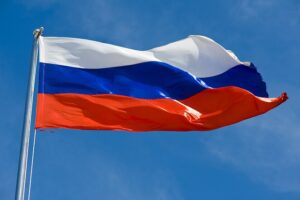Did Israel Intercept Any Iranian Missiles?

source: https://joecirincione.substack.com (contributed by FAN, Bill Amshey) | image: pexels.com
The available evidence indicates that most of Iran’s missiles got through.
Something has been bothering me. Almost every reporter and Israeli official says that Israel intercepted most of the 180 missiles Iran fired at three Israeli military bases October 1. If that were true, then you would expect to see dozens of large explosions in the air as the Israeli Arrow 2 or Arrow 3 interceptors found their targets and destroyed the incoming warheads.
But that is not what you see. Dozens of videos show scores of missiles streaking across the sky with many hitting the ground and exploding in fireballs. There are numerous reports of substantial ground damage, including large craters, damaged buildings and at least one intact ballistic missile that failed to explode.
It appears that the Iranian missiles were so inaccurate that most landed a kilometer or more from their intended targets, with some landing in the sea or in vacant land. The Washington Post reports, in one of the few attempts to independently assess the damage, that, “Video recorded from the southern town of Ar’arat an-Naqab on Tuesday showed at least 20 projectiles flying through the air above the Nevatim military air base. At least six missiles hit the facility, erupting into fireballs; plumes of smoke rose from the airfield. No aircraft was hit, the Israel Defense Forces told Israeli media.” Continue reading “Did Israel Intercept Any Iranian Missiles?”










